-
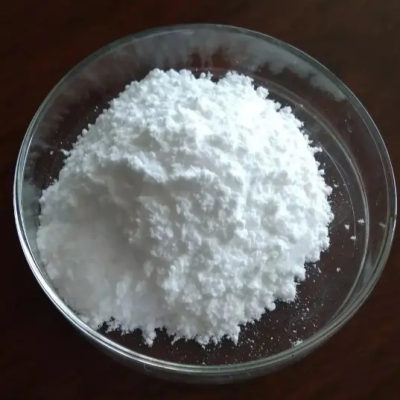
Cefaclor CAS:53994-73-3
Cefaclor is a second-generation cephalosporin antibiotic used to treat various bacterial infections. It is effective against a wide range of bacteria and is commonly prescribed for respiratory, urinary tract, skin, and middle ear infections. Cefaclor works by inhibiting the growth of bacteria and is available in different formulations, including capsules and oral suspension.
-
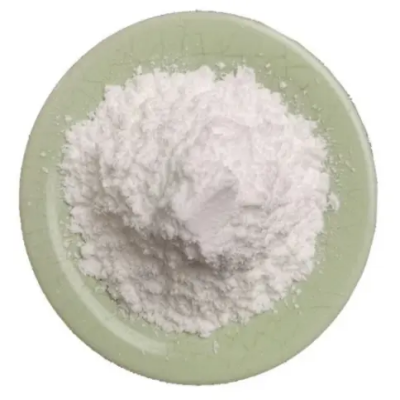
Cefamandole formate sodium salt CAS:42540-40-9
Cefamandole formate sodium salt is a semi-synthetic cephalosporin antibiotic used in the treatment of bacterial infections. It belongs to the second-generation cephalosporin class, exhibiting broad-spectrum activity against various pathogens. Cefamandole formate sodium salt is formulated as a stable salt suitable for intravenous administration.
-

Bacitracin CAS:1405-87-4
Bacitracin is a type of antibiotic that is commonly used to prevent and treat bacterial infections in wounds. It works by interfering with the production of bacterial cell walls, leading to the destruction of the bacteria. Bacitracin is available as an ointment or cream for topical application and is often used in combination with other antibiotics or medications for enhanced effectiveness. It is a valuable tool in managing minor skin infections, cuts, scrapes, and burns.
-
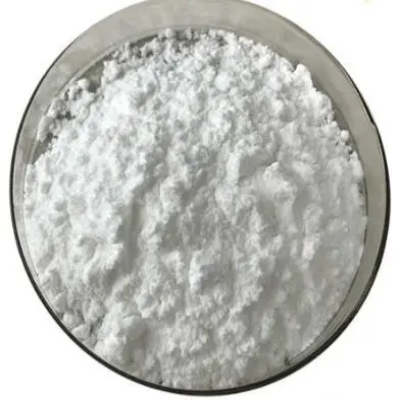
Benzathine penicillin G tetrahydrate CAS:1538-09-6
Benzathine penicillin G tetrahydrate is a long-acting antibiotic belonging to the penicillin class of medications. It is commonly used to treat various bacterial infections, particularly those caused by susceptible strains of Streptococcus bacteria. The benzathine component in the medication prolongs its activity in the body, allowing for less frequent dosing compared to other forms of penicillin. Benzathine penicillin G tetrahydrate is available in injectable form and is administered by healthcare professionals.
-
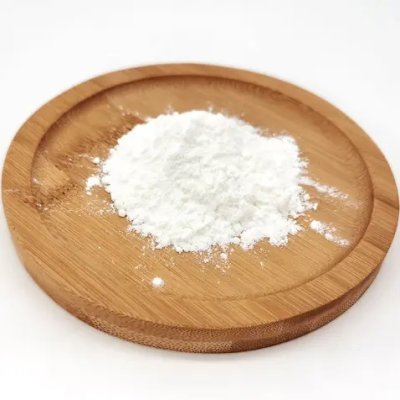
Berberine hydrochloride CAS:633-65-8
Berberine hydrochloride is a compound derived from various plants, such as goldenseal and barberry, known for its potential health benefits. It is commonly used as a dietary supplement due to its antioxidant and anti-inflammatory properties. Berberine hydrochloride has been studied for its role in managing blood sugar levels, supporting cardiovascular health, and aiding in weight management. This natural compound has gained popularity for its diverse therapeutic effects and potential applications in promoting overall well-being.
-

Capastat sulfate (Capreomycin sulfate) CAS:1405-37-4
Capastat sulfate, also known as Capreomycin sulfate, is an antibiotic medication used in the treatment of multidrug-resistant tuberculosis (MDR-TB). It belongs to the class of antibiotics known as aminoglycosides and works by disrupting protein synthesis in susceptible bacteria, particularly Mycobacterium tuberculosis. Capastat sulfate is typically administered through injection and is considered an important component of MDR-TB treatment regimens.
-

Butirosin disulfate CAS:51022-98-1
Butirosin disulfate is an antibiotic derived from fermentation processes using the bacterium Bacillus circulans. It belongs to the aminoglycoside class of antibiotics and is known for its effectiveness against certain gram-negative bacteria. Butirosin disulfate acts by inhibiting protein synthesis in bacteria, ultimately leading to their death. This antibiotic is used primarily in veterinary medicine for the treatment of bacterial infections in animals.
-

S)-(+)-Camptothecin CAS:7689-03-4
(S)-(+)-Camptothecin is a natural alkaloid compound derived from the Camptotheca acuminata tree and other plant sources. It is known for its potent anticancer properties and has been studied for its potential in cancer therapy. (S)-(+)-Camptothecin acts as a topoisomerase inhibitor, interfering with DNA replication and ultimately leading to cancer cell death. This compound has garnered significant interest in the field of oncology due to its promising antitumor effects.
-
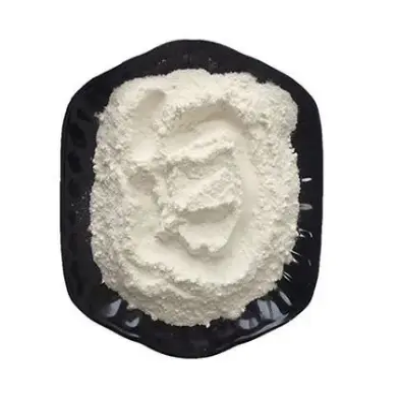
Capreomycin CAS:11003-38-6
Capreomycin is an antibiotic medication used in the treatment of tuberculosis, particularly for multidrug-resistant tuberculosis (MDR-TB). It belongs to the class of antibiotics known as aminoglycosides and works by inhibiting bacterial protein synthesis, targeting Mycobacterium tuberculosis. Capreomycin is administered through injection and is considered an important component of tuberculosis treatment regimens, especially in cases where standard first-line drugs are ineffective.
-

Capreomycin sulfate (Capastat sulfate) CAS:1405-37-4
Capreomycin sulfate, also known as Capastat sulfate, is an antibiotic medication primarily used in the treatment of multidrug-resistant tuberculosis (MDR-TB). It belongs to the aminoglycoside class of antibiotics and is effective against Mycobacterium tuberculosis. Capreomycin sulfate is administered via injection and plays a crucial role in combating drug-resistant strains of tuberculosis.
-
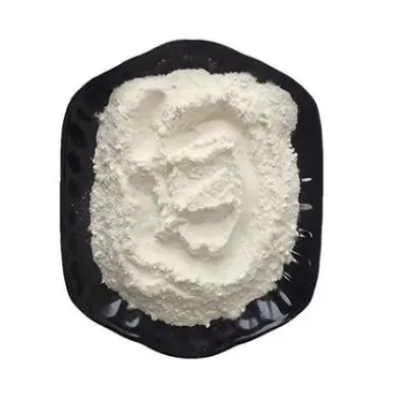
Carbenicillin disodium salt CAS:4800-94-6
Carbenicillin disodium salt is a broad-spectrum antibiotic belonging to the penicillin group. It is widely utilized in microbiology and biotechnology for its ability to inhibit the growth of bacteria by interfering with cell wall synthesis. Carbenicillin is offered in its disodium salt form, enhancing its solubility in aqueous solutions and making it suitable for various laboratory applications.
-

Bronopol (2-Bromo-2-nitro-1,3-propanediol) CAS:52-51-7
Bronopol, also known as 2-Bromo-2-nitro-1,3-propanediol, is a chemical compound used as a preservative in various personal care products and industrial applications. It is valued for its antimicrobial properties, which help inhibit the growth of bacteria, fungi, and yeast. Bronopol is commonly found in cosmetics, toiletries, cleaning agents, paints, and other products where microbial contamination needs to be controlled.

